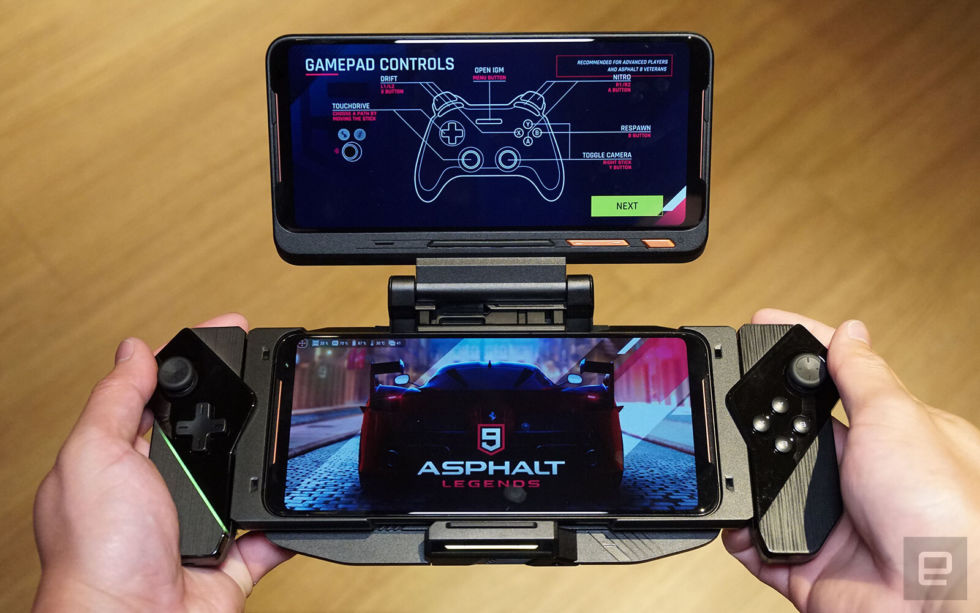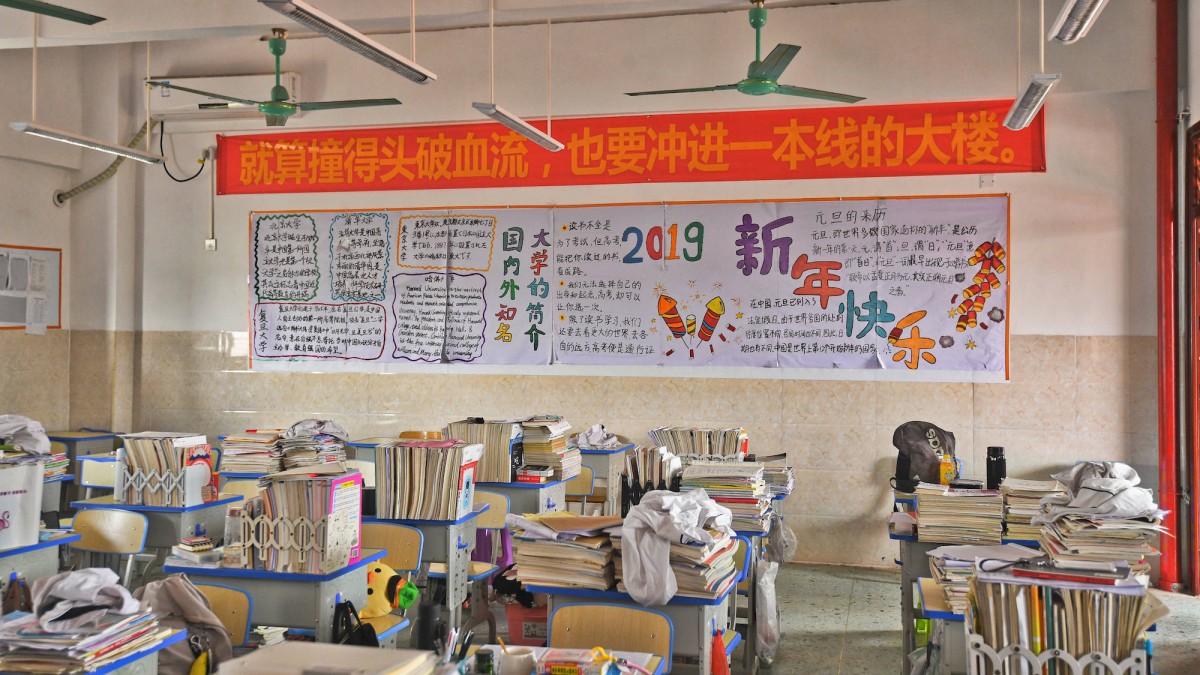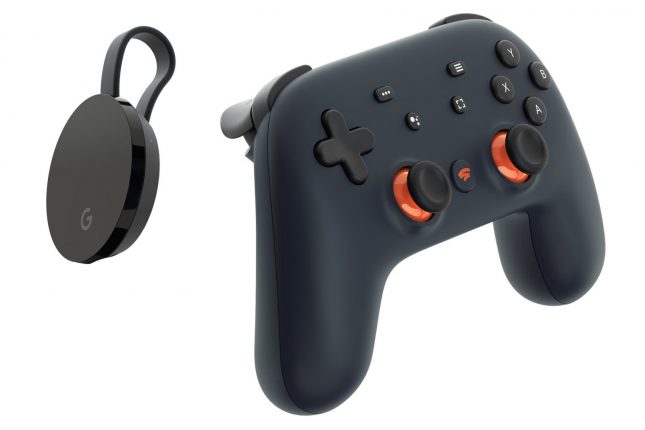https://arstechnica.com/?p=1539697
-
The ROG Phone 2. It looks a lot like the ROG Phone 1.
-
The back embraces the full kiddie-gamer aesthetic.
-
Landscape gaming on this actually seems pretty good, with shoulder buttons and a bottom charge port.
-
A close-up of the shoulder button.
-
This is an interesting off-center spot for the bottom USB port, and hey, there’s a headphone jack.
-
Last year the vent was fake. There’s no telling if its actually useful this year.
-
The side USB port and Asus’s proprietary port.
-
The device comes with a clip-on cooling fan. Last year, the fan did not help with cooling.
-
You’ve got to hand it to Asus, there are a lot of custom, angular parts on this phone.
-
The top speaker grill and front camera.
-
This year, the ROG Phone has an in-screen fingerprint reader.
Asus is still trying to make gaming phones a thing with the release of the Asus ROG (Republic of Gamers) Phone II. Just like last year, this is a high-end smartphone with a hyper-aggressive “gamer” design and a light-up back logo, but there are also genuinely impressive specs here that you won’t find on any other smartphone right now.
The Asus Republic of Gamers Phone II is the first device to launch with Qualcomm’s new Snapdragon 855 Plus SoC. This 855 “Plus” is a mid-cycle upgrade for the Snapdragon 855 with higher clock speeds for the CPU and GPU. The SoC’s single “Prime” CPU core gets bumped from 2.84GHz to 2.96GHz, while the GPU gets a 15% boost from 585MHz to 672MHz.
You’re going to need that extra horsepower since the ROG Phone II has a 6.59-inch, 2340×1080 OLED display with a 120Hz refresh rate, which is up from 90Hz last year. This is one of the fastest displays you can get on a smartphone, alongside the 120Hz display on the Razer Phone 2, though that is an LCD. The 90Hz display on the OnePlus 7 Pro turned out to be one of the phone’s best features even when you weren’t gaming, thanks to the faster, smoother UI animations it enabled. I expect faster displays to show up in a ton more smartphones phones next year.
The third headline feature to point out is the 6000mAh battery, which is absolutely massive compared to most flagship phones on the market. The Galaxy S10+ has a mere 4100mAh battery. The OnePlus 7 Pro is only 4000mAh. Hopefully we’re looking at a long runtime.
Other specs include a massive 12GB of RAM, options for 128GB of 512GB of storage,
two
USB-C ports, a 3.5mm headphone jack, dual front-facing speakers, a 24MP front camera, and dual rear cameras featuring a 48MP main camera and a 13MP wide angle. There’s an in-screen fingerprint reader, but no wireless charging, SD slot, or water resistance.
Besides the usual display and SoC improvements, there are some actual gaming-centric features on the ROG Phone II that you won’t get on other smartphones. The second USB port lives on the side of the phone, which is great for charging the device during a landscape gaming session without the cord getting in the way of your hands. We’ve seen a few phones with pressure-sensitive sensors in them now, and Asus uses them for shoulder buttons that exist on the left and right side of the phone in landscape.
Next to the side USB port is what Asus only calls a “proprietary connector,” and the two ports team up to power a range of accessories from Asus. The clip-on cooling fan returns and comes bundled with the phone. A new “ROG Kunai Gamepad” looks like an edgy version of a Nintendo Switch controller, with two controller halves that can be held individually, slid into a controller mount, or connected to the sides of the phone with a special case.
Also returning is a new version of the TwinView Dock II, which mounts a second, identical display panel to your phone along with an extra 5000mAh battery. It looks like a ROG Phone II with a second ROG Phone II attached to it. You can Voltron the whole Asus accessory package together by putting your phone in the TwinView Dock and then connecting the controller halves to either side of the dock. You now have a 1.4 pound handheld gaming system.

The phone, TwinView dock, and controller attached. For whatever reason, Asus doesn’t have pictures of the accessories, so this is from
The design is a minor evolution of last year’s ROG Phone, and unless you see them side-by-side, they are hard to tell apart. The front of the phone is surprisingly generic-looking compared to the laser rave party on the back. You get an old-school top and bottom bezel design that skips the notches, hole punches, pop-up cameras, and other 2018-2019 design motifs in favor of simple straight lines. Front stereo speakers sit at the top and bottom edges of the phone, and copper accents just below the speakers are the only thing that give the front some personality.
The all-glass back of the phone looks like it will transform into a robot any second now, and it features a light-up RGB LED ROG logo, an “aerodynamic system” vent, and the dual-camera system with crazy-angled lenses for the cameras and LED flash.
The ROG Phone 1 was designed to give the illusion of an advanced cooling system, with two large copper vents on the back of the phone and an optional clip on fan. But these just seemed to just be “for looks” and didn’t actually help much with the cooling. Teardowns show a painted copper plate behind the vents, and the plate lacked any kind of thermal connection to the phone components (like say, thermal paste or thermal pads over the SoC). The phone still shipped with an actual vapor chamber cooling system, but that was deep on the inside of the phone, behind the screen. The outside was all for show.
The optional clip-on cooling fan for the ROG Phone 1 also didn’t do anything. Like the vents, it had no thermal connection to the hot parts of the phone. The fan just blew air over the glass back, which is a poor conductor of heat. Reviewers reported that the ROG Phone 1 fan didn’t significantly lower the phone’s running temperature, and in some cases, it actually made the phone run hotter.
I bring up these ROG Phone 1 cooling issues to say “Don’t believe the design!” Last year, Asus had no issues adding completely misleading design elements and accessories to the phone, so this year the company has earned some skepticism. The ROG Phone II has a new clip-on cooler fan that, again, looks like it just blows air on the back of the phone and doesn’t have a thermal connection to the hot parts. There is once again a vent on the back, but it’s even smaller this year, and we’ll have to wait for teardowns to see if it is actually related to the cooling system.
Asus hasn’t posted official availability or pricing, but a report from Engadget says the phone will launch in Taiwan on August 1 for NT$26,990 ($870 USD). The Twinview Dock is NT$6,990 ($230 USD) and the Nintendo Switch-like gamepad is NT3,990 ($130 USD).
Listing image by Asus
via Ars Technica https://arstechnica.com
July 22, 2019 at 02:11PM








